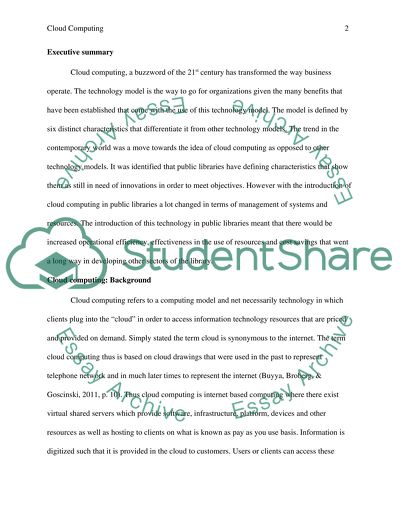Cite this document
(“The Use of Cloud Computing in Public Libraries Assignment”, n.d.)
The Use of Cloud Computing in Public Libraries Assignment. Retrieved from https://studentshare.org/information-technology/1452318-the-use-of-cloud-computing-in-public-libraries
The Use of Cloud Computing in Public Libraries Assignment. Retrieved from https://studentshare.org/information-technology/1452318-the-use-of-cloud-computing-in-public-libraries
(The Use of Cloud Computing in Public Libraries Assignment)
The Use of Cloud Computing in Public Libraries Assignment. https://studentshare.org/information-technology/1452318-the-use-of-cloud-computing-in-public-libraries.
The Use of Cloud Computing in Public Libraries Assignment. https://studentshare.org/information-technology/1452318-the-use-of-cloud-computing-in-public-libraries.
“The Use of Cloud Computing in Public Libraries Assignment”, n.d. https://studentshare.org/information-technology/1452318-the-use-of-cloud-computing-in-public-libraries.


